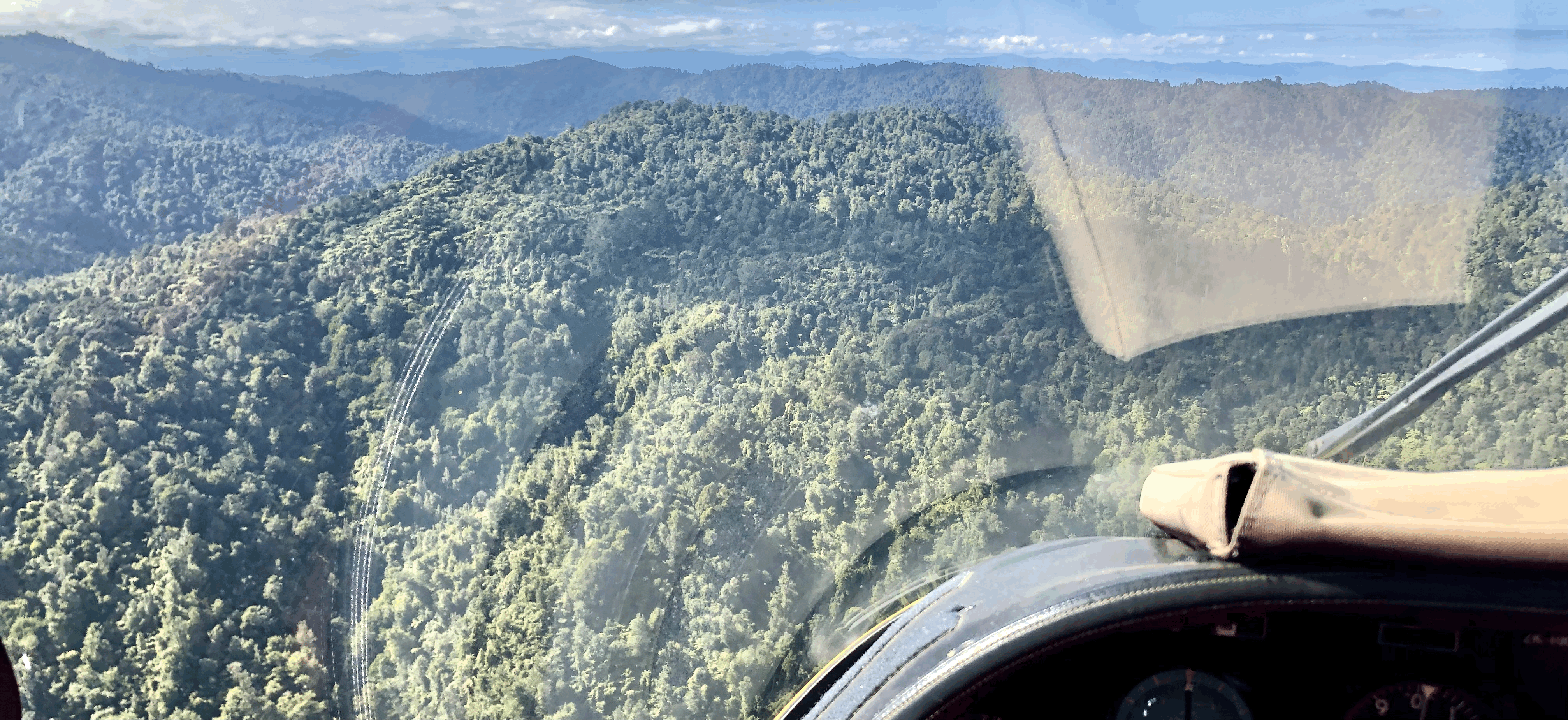On fear of flying

So, how ridiculous it may seem for me to be writing a blog post on this topic. Surely as someone who chose to work in aeromedicine, a pre-requisite must be nerves of steel in the air?
Well, actually no.
We gain comfort with experiences we do regularly. Our fears are not the same as other peoples. Fear may persist for some, longer than it does for others. Some people don't feel fear at all.
The chance of crashing in a helicopter is low, however if you do find yourself in an accident, the chance that someone in the helicopter dies is around 20-35%. Emergency medical services helicopters crash less often than non-emergency helicopters, but carry a higher mortality rate. In good news, according to the Aviation Security Service (NZ) report from 2019, helicopter airspace incidents occurred at a rate of around 40/100,000 hours, vs 50/100,000 for large aeroplanes and 150/100,000 for small aeroplanes.
Helicopter safety depends on a few important factors, including the standard of the aircraft (e.g: single vs double engine), weather, flying at night, terrain/obstacles and mechanical issues. This deserves its own blog post.
Despite data showing that helicopters in general aren't that dangerous, they still carry the weight of being considered the most dangerous form of patient transport.
Fear is natural. On my first mission, I found myself in the helicopter, circling a landing zone, angled at 30 degrees with the downside door open, holding on for dear life, praying that we've spotted all the wires, and hoping I haven't missed any loose items in the cabin that could whip out the door and into the tail rotor. Thankfully, none of these things happened, and we landed safety. But by the time I reached the patient, I was a little shaken up. Now faced with the prospect of looking after someone who is unwell and dependent on us for rapid decision making, medical care and safe transport, my veins are surging with adrenaline, I have a minor tremor, and I'm smiling and joking my way out of it.
Training kicks in. I know what I'm doing, and the rest of the team aren't afflicted by my fear factor, being more experienced flyers (and maybe more tough). I think through how to simplify, summarise and focus on important factors, breaking down the task into small chunks. We work together. Using that adrenaline I mentioned earlier, I perceived myself to have 10x strength to lift more than I should have and learned a lesson not to do that again.
On the way back to base I worry about my lower back, but more so whether I have ended up in a career that I am not cut out for (which is a ridiculous limiting phrase in itself). I go home worried and sleep really badly.
My next job is a winch rescue! But this time the helicopter is level, the door is open but I know everything is secure, I've been practising it in my head. I provide assistance, I get comfortable climbing around inside on my safety harness. I get it. No fear this time. But there will be more days when the fear kicks in, and that's ok.
It's not normal to be spinning around in circles in a helicopter with the door open.
